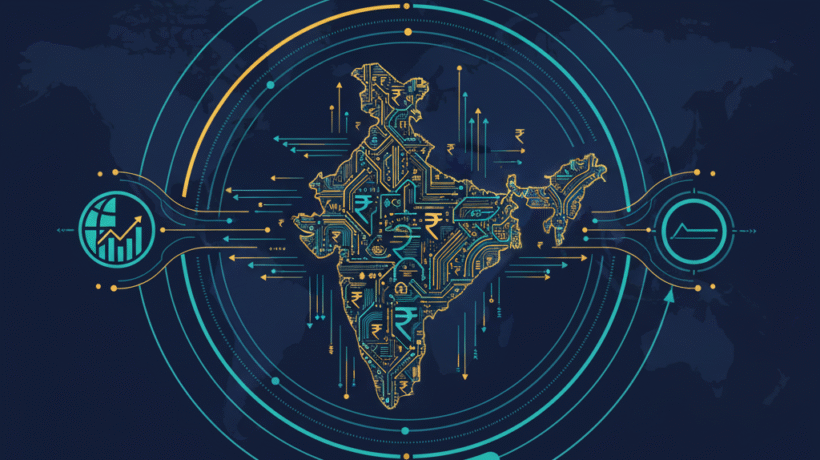India’s Economic Outlook Strengthens as IMF Backs Growth, RBI Holds Steady
Introduction
India’s economic resilience continues to draw global recognition, as both the International Monetary Fund (IMF) and the Reserve Bank of India (RBI) reaffirmed confidence in the country’s growth trajectory — while highlighting the need for sustained reforms and a cautious monetary stance amid global uncertainties.
IMF Endorses India’s Growth, Flags Reform Needs
At the IMF’s Regional Economic Outlook briefing, Krishna Srinivasan, IMF’s Asia and Pacific Department Director, projected India’s GDP growth at 6.6% for 2025 and 6.2% for 2026, labeling India as “Asia’s bright spot.”
The IMF noted that India’s robust domestic demand, strong fiscal management, and resilient services exports continue to drive economic expansion. However, it emphasized the need for deeper structural reforms in areas such as labor, infrastructure, and capital markets to achieve the government’s ambitious 8% growth goal.
RBI Highlights Strong Fundamentals
Speaking at the IMF–World Bank Annual Meetings, RBI Governor Sanjay Malhotra stated that India’s macroeconomic fundamentals remain “very strong.”
He cited:
Inflation declining to 1.5%,
Fiscal deficit at 4.4% of GDP, and
Debt ratios among the lowest globally.
However, Malhotra cautioned that food inflation remains a challenge and highlighted rising capacity utilization, signaling gradual expansion in industrial activity.
Monetary Policy: Neutral and Watchful
Minutes from the Monetary Policy Committee (MPC) meeting held on October 1 revealed a unanimous decision to maintain the repo rate at 5.50%.
The RBI reiterated its neutral policy stance, balancing between supporting growth and controlling inflation amid external volatility. The statement underscored that India’s monetary approach will remain data-driven, with flexibility to respond to evolving global conditions.
Expert Take
Economists view the IMF’s endorsement as a strong signal to global investors. India’s positioning as a macroeconomic anchor in Asia, combined with disciplined fiscal policy, continues to attract FDI interest.
However, structural reforms in employment generation, credit access for MSMEs, and export diversification will be critical for sustaining momentum beyond FY26.
Key Takeaways
IMF projects India’s GDP growth at 6.6% (2025) and 6.2% (2026)
India labeled “Asia’s bright spot” by IMF
Inflation down to 1.5%; fiscal deficit steady at 4.4%
RBI holds repo rate at 5.50%, maintains neutral stance
Structural reforms remain key to achieving 8% growth target
Conclusion
India’s economy continues to stand out in a challenging global environment. With international recognition of its stability and prudent fiscal policy, the focus now shifts to long-term reform execution — the next major step toward unlocking India’s full growth potential.
FAQ'S
1. What GDP growth has the IMF projected for India in 2025 and 2026?
The IMF projects India’s GDP growth at 6.6% for 2025 and 6.2% for 2026, citing strong domestic demand and fiscal stability.
2. What did the RBI say about India's economic fundamentals?
RBI Governor Sanjay Malhotra stated that India’s fundamentals remain “very strong,” with declining inflation (1.5%), stable fiscal deficit (4.4%), and one of the world’s lowest debt ratios.
3. What is the current repo rate, and what is the RBI's stance?
The repo rate remains at 5.50% as per the October 1 MPC meeting. The RBI continues a neutral stance, monitoring inflation and global risks before any rate changes.
4. Why did the IMF emphasize structural reforms for India?
The IMF highlighted that labor, capital market, and infrastructure reforms are key to achieving India’s 8% growth target, even though short-term momentum remains strong.
5. How do these updates impact Indian investors and businesses?
Stable growth projections and the RBI’s cautious approach provide confidence for investors and MSMEs, encouraging long-term investment and policy predictability.





